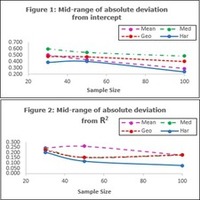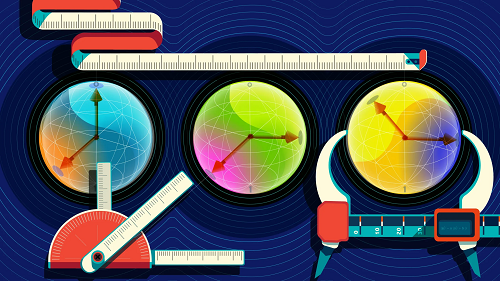The increase in the population has an impact on the increase in solid waste. Food waste, including waste peels or agricultural crops, makes up the greatest portion of the total solid waste in Malaysia. Waste peels or crops are an environmental burden that are typically disposed in landfills without being treated. In some cases, it has been recycled to make biofuel such as oil palm, durian, bananas, and pineapple. As part of the strategy to reduce the amount of solid waste, this motivates us to recycle watermelon waste peels, as a precursor to produce carbon quantum dots (CQDs). The use of biomass as a carbon precursor has benefits over artificial carbon sources, including lower cost, greater availability of raw materials, improved environmental friendliness, and solution of waste management. Development on nanotechnology increase rapidly therefore small and fluorescent materials are in high demand. CQDs are fluorescent nanoparticles with the diameter size less than 10 nm. It has a potential to be used in various application such as in agricultural, bio-imaging and optoelectronics devices. CQDs shows great potential to fulfil these characteristic due to their ability to tune the size, energy bandgap, absorption wavelength and functionality. Our research group are exploring the effect of carbon concentration, solvent and doping towards the colloidal stability and the effect of exciton emission. The optical properties were mainly analysed using photoluminescence (PL) and UV-Vis spectroscopy while the morphology was characterised using HRTEM. From the PL,the emission of CQDs is in the visible spectrum and the average size of CQDs is 6.89 ± 0.8 nm. Recently, our group won the best video and booth award in Malaysia Green Innovation Competition X Green Renewable Energy organised by Universiti Teknologi Malaysia.
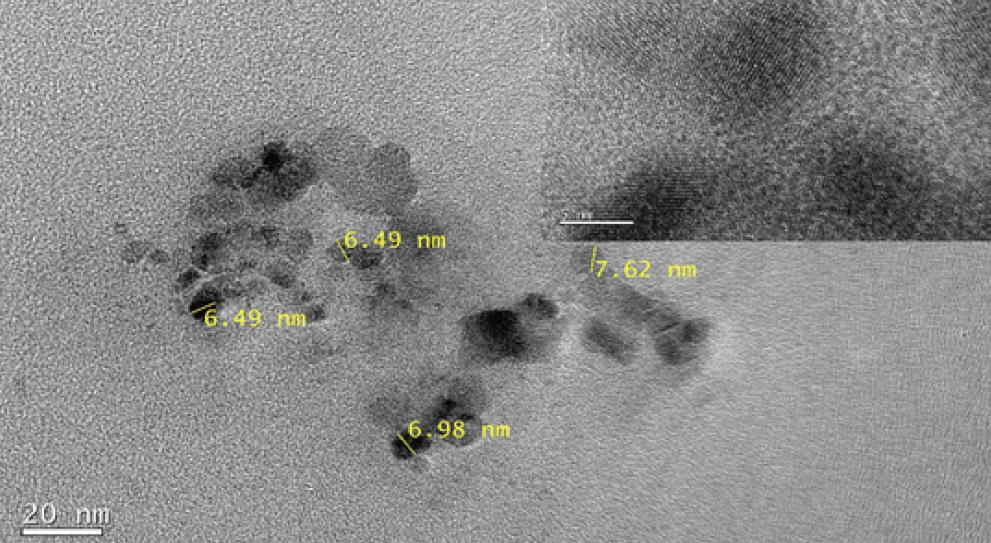
Figure 1: The morphological image of CQDs via HRTEM.
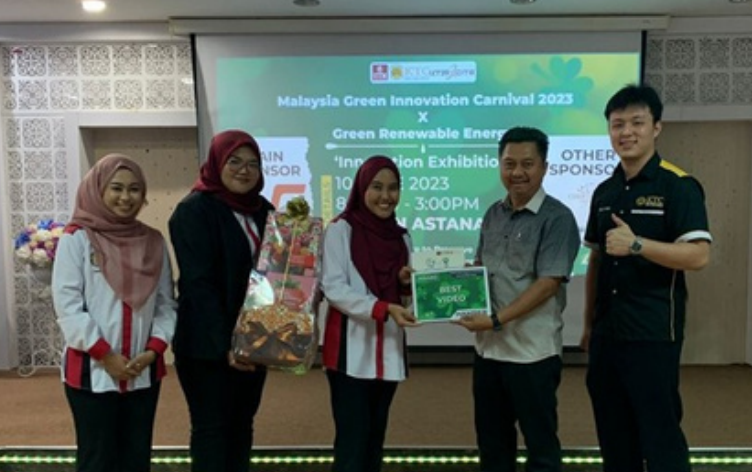
Figure 2: Students from Bachelor of Materials Science (Honours), Department of Physics won the best video award during innovation exhibition at UTM.
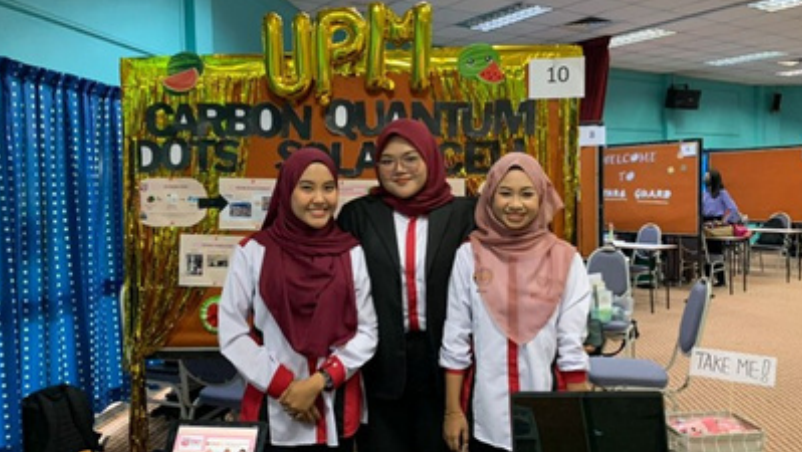
Figure 3: Students at booth innovation exhibition.
Date of Input: 26/10/2023 | Updated: 26/10/2023 | saifulasmal
MEDIA SHARING















